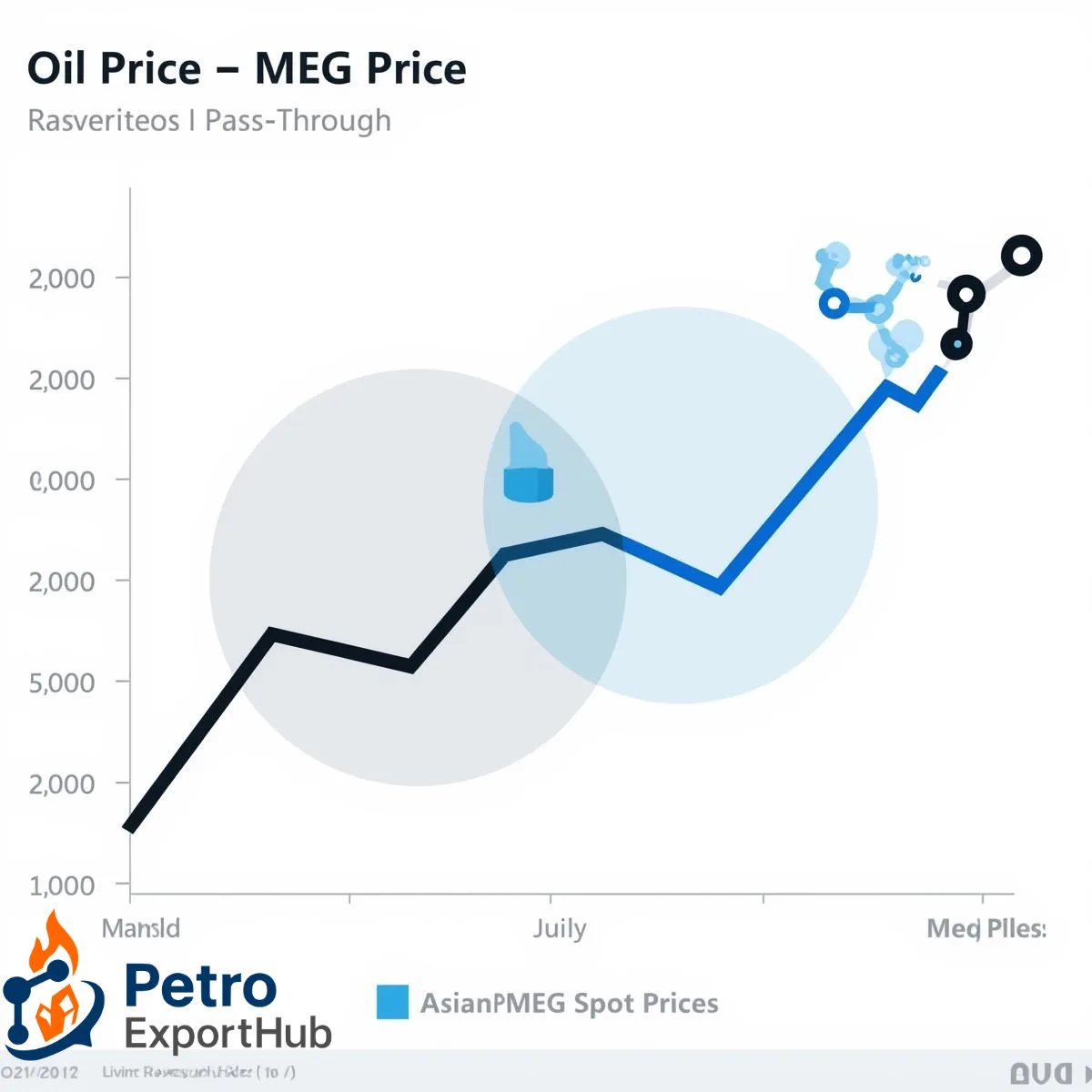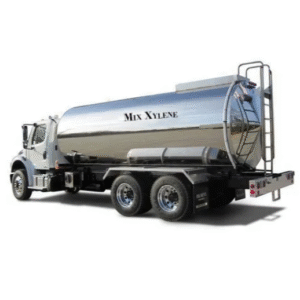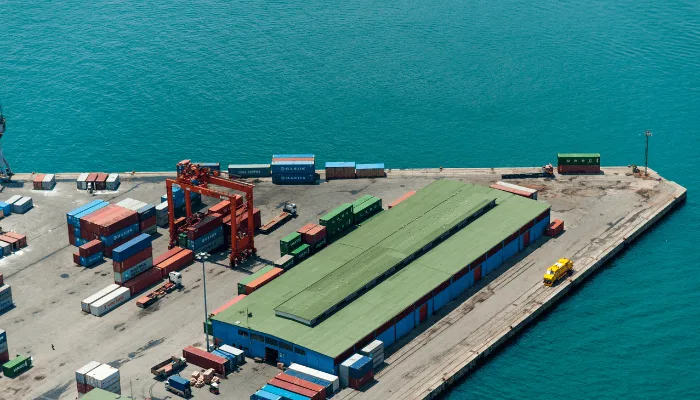Impact of Crude Oil Prices on MEG Market

Impact of Crude Oil Prices on MEG Market
The global Mono Ethylene Glycol (MEG) market is deeply connected to energy economics, particularly fluctuations in crude oil prices. Since MEG is derived from ethylene, which in turn comes from petroleum or natural gas, any shift in oil markets immediately impacts production costs, pricing, and trade dynamics. For buyers and end-users, this means that monitoring crude oil movements is just as important as tracking offers from a monoethylene glycol supplier.
How Crude Oil Influences MEG Production
Feedstock Costs
Ethylene is the primary feedstock for MEG.
Higher oil prices increase ethylene production costs, leading to higher MEG prices.
Refinery Economics
When oil prices rise, refinery margins tighten, affecting petrochemical availability.
This can reduce supply, giving sellers stronger control over monoethylene glycol price levels.
Market Volatility
Rapid shifts in crude prices create uncertainty in contracts.
Buyers often prefer securing long-term supply from a trusted monoethylene glycol supplier to minimize risks.
Regional Impact
Middle East: With access to cheaper feedstock, Middle Eastern producers remain competitive even during oil price hikes.
Asia (China & India): Heavy importers of MEG are more sensitive to crude price changes, as they rely on shipping and external sourcing.
Europe & North America: These regions balance between local production and imports, with demand heavily tied to textile and packaging industries.
Market Data Snapshot
| Crude Oil Price Trend | Impact on MEG Supply | Impact on MEG Price |
|---|---|---|
| Rising Oil Prices | Higher ethylene costs, reduced margins | Increases monoethylene glycol price |
| Stable Oil Prices | Predictable supply chain | Moderate price stability |
| Falling Oil Prices | Cheaper feedstock, higher margins | Pressure on monoethylene glycol suppliers to reduce prices |
Buyer Considerations
For manufacturers and traders, the connection between crude oil and MEG pricing means:
Hedging Strategies: Buyers should monitor global oil benchmarks to anticipate raw material cost changes.
Supplier Diversification: Working with multiple monoethylene glycol suppliers reduces dependency on single-region volatility.
Timing Purchases: Locking in contracts when crude oil prices are low helps stabilize costs in the long run.
Future Outlook
If oil prices remain volatile, the monoethylene glycol price will continue to fluctuate, challenging procurement strategies.
Middle East exporters are expected to gain more influence, as they can maintain competitiveness even in higher oil price environments.
Buyers will increasingly focus on sustainability, which may also influence future MEG pricing structures.
Summary
Crude oil prices play a decisive role in shaping the global MEG market. From feedstock costs to refinery economics, every fluctuation affects the final monoethylene glycol price. Asian buyers, in particular, feel the strongest impact due to their reliance on imports. Working with a reliable monoethylene glycol supplier and monitoring oil trends are key strategies for staying competitive. As the energy landscape evolves, MEG buyers must balance both market risks and supply security.
The pricing of crude oil holds significant influence over the dynamics of the global monoethylene glycol (MEG) market. Every shift in oil prices resonates across various aspects, from the cost of feedstock to the overall economic efficiency of refineries, ultimately shaping the final cost of MEG. Buyers in Asia experience this impact most acutely, given their heavy dependence on imported supplies to meet demand. To maintain a competitive edge, businesses dealing in MEG must prioritize partnerships with dependable suppliers while closely tracking fluctuations in crude oil prices. As the energy sector continues to undergo rapid changes, MEG purchasers face the dual challenge of mitigating market risks while ensuring a steady and secure supply chain.

Looking for monoethylene glycol suppliers in Iran ?
- Contact Us today and get connected with producers and export-ready logistics.
- sales@PetroExportHub.com

Related posts
Mono Ethylene Glycol (MEG) serves as a cornerstone for modern antifreeze and coolant formulations, offering reliable freezing protection and heat resi . . .
2 minute
Read more
Explore Solvent 100’s specs, uses, and export opportunities from Iran. Ideal for paint, ink, and adhesive buyers in India, Turkey, UAE, and Africa. . . .
3 minute
Read more
Explore everything you need to know about exporting sulphur from Iran in 2024 — including types, packaging, documents, ports, prices, and top import . . .
2 minute
Read more
Explore Iran’s top ports for petrochemical exports, including Bandar Imam Khomeini, Assaluyeh, and Bandar Abbas. Compare infrastructure, accessibili . . .
2 minute
Read more
Learn the key differences between polypropylene (PP) and polyethylene (PE), their applications, advantages, and how to choose the right polymer for yo . . .
2 minute
Read more
Discover how a Turkish plastics manufacturer reduced costs by 22% through importing HDPE from Iran. Real-world case study by PetroExportHub. . . .
2 minute
Read more
Learn why Iran is a leading exporter of polyethylene (PE). Discover grades, global applications, and how PetroExportHub connects buyers with top suppl . . .
1 minute
Read more
We are here to answer your questions....
+ 989127607241
Petro Export Hub
PetroExportHub specializes in the export of premium-grade petrochemicals, minerals, and industrial chemicals from Iran, serving international markets with reliability, transparency, and tailored logistics solutions
Tehran Office
Phone:
0214865484 | +989127607241
Address:
Tehran..
China Office
TEL :
0211400
Address:
Zhongzhou Bie Lu, Zhongcheng Street, Yiwu City, Zhejiang Province, China
Quick Access
Quick Access
- Contact Our Sales Team
- Frequently Questions
- Shipping & Logistics
- Become a Partner
- Certificatins & Quality








